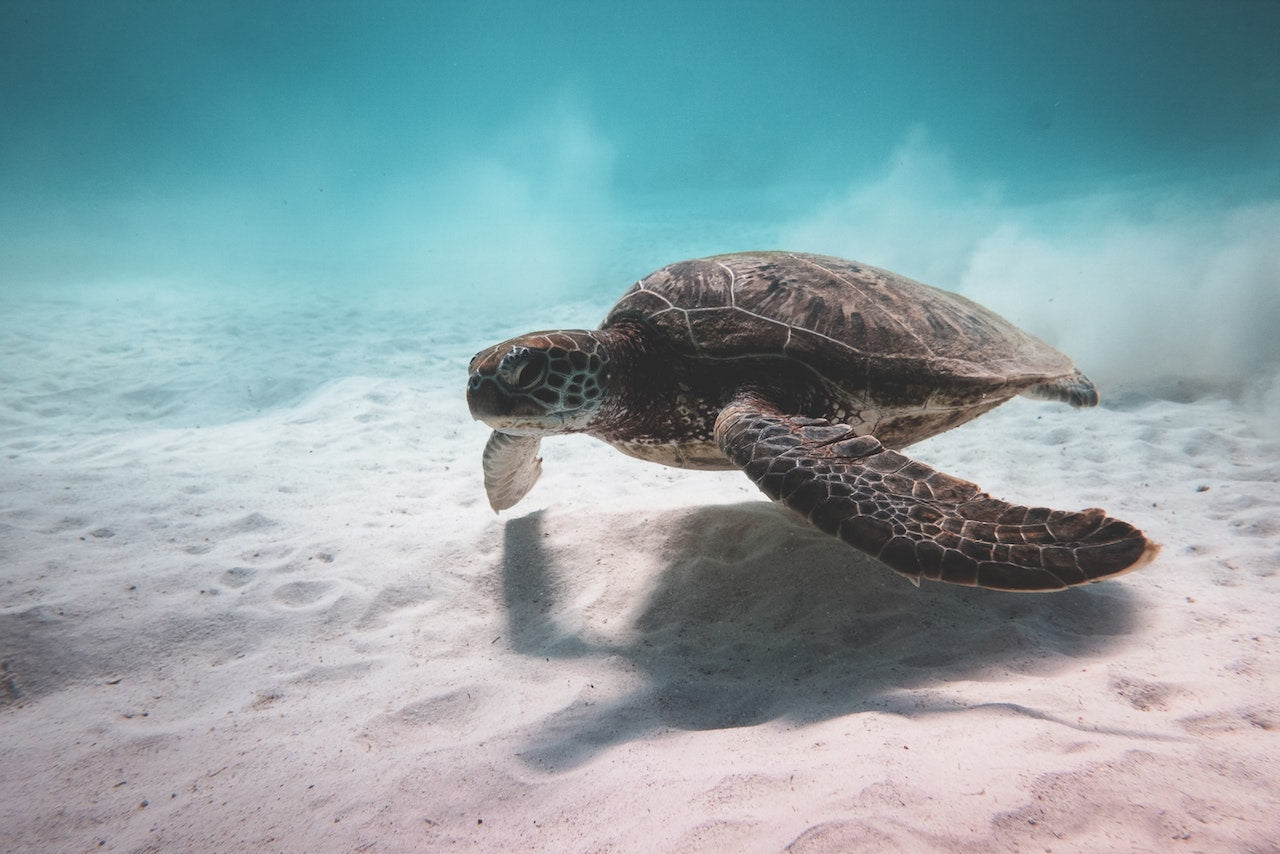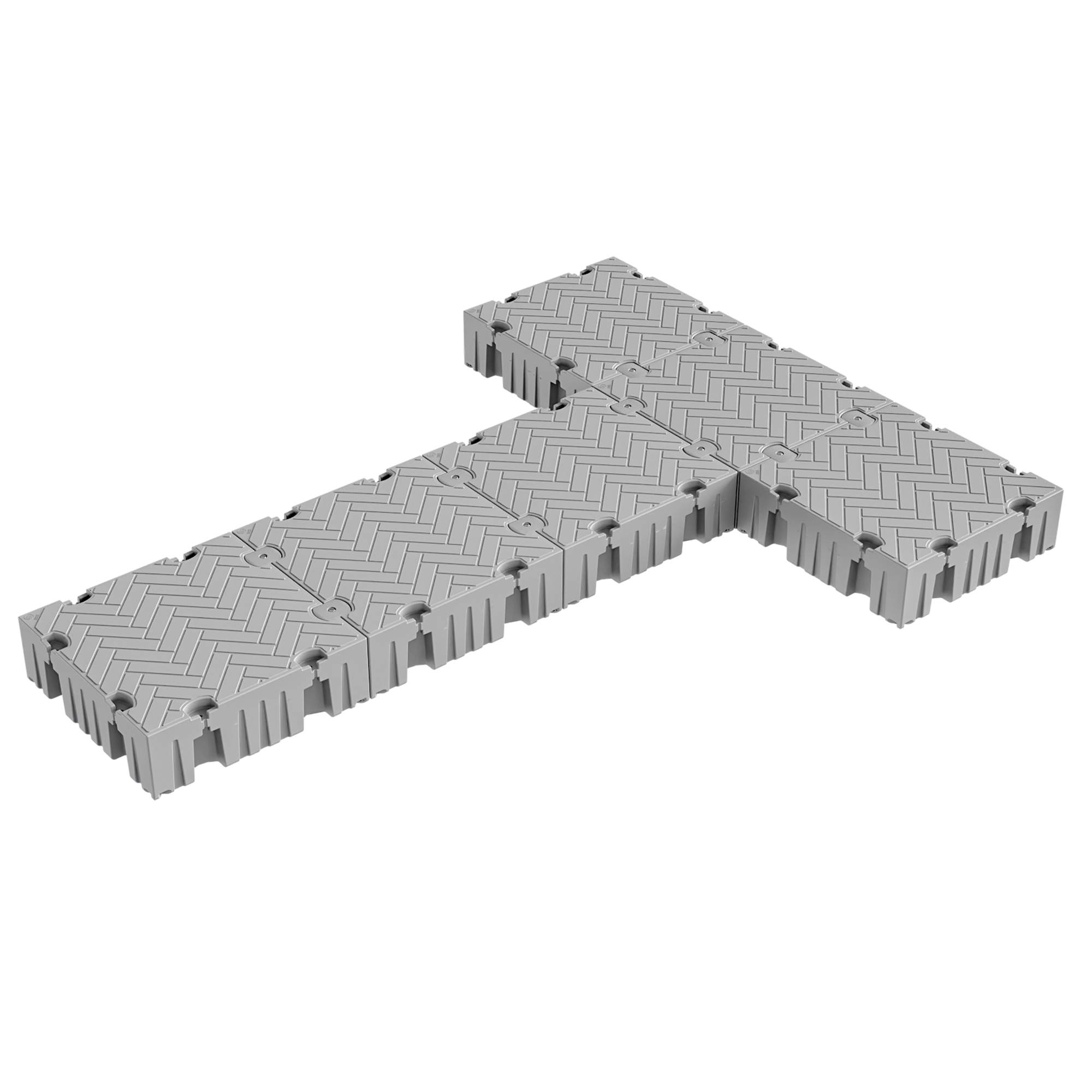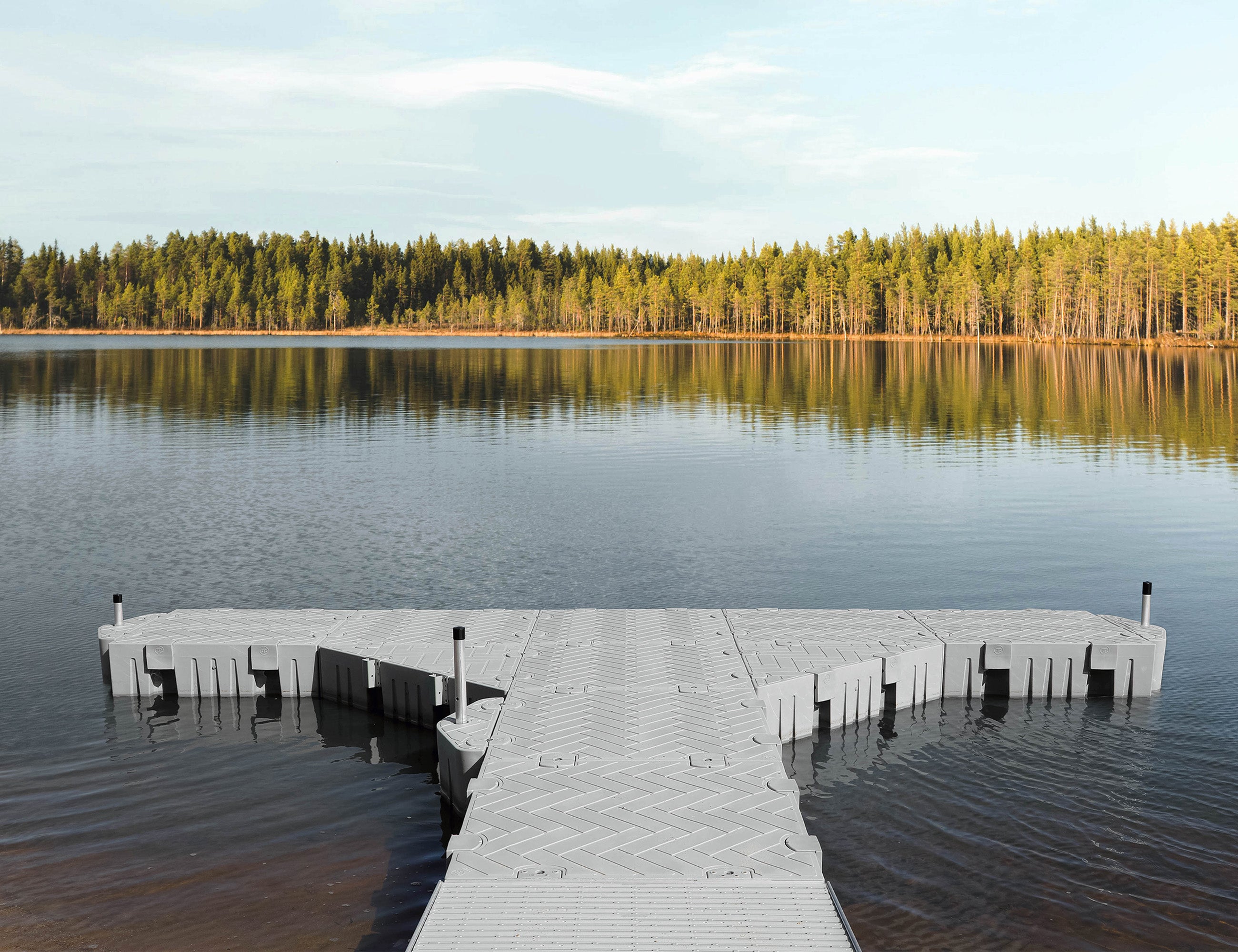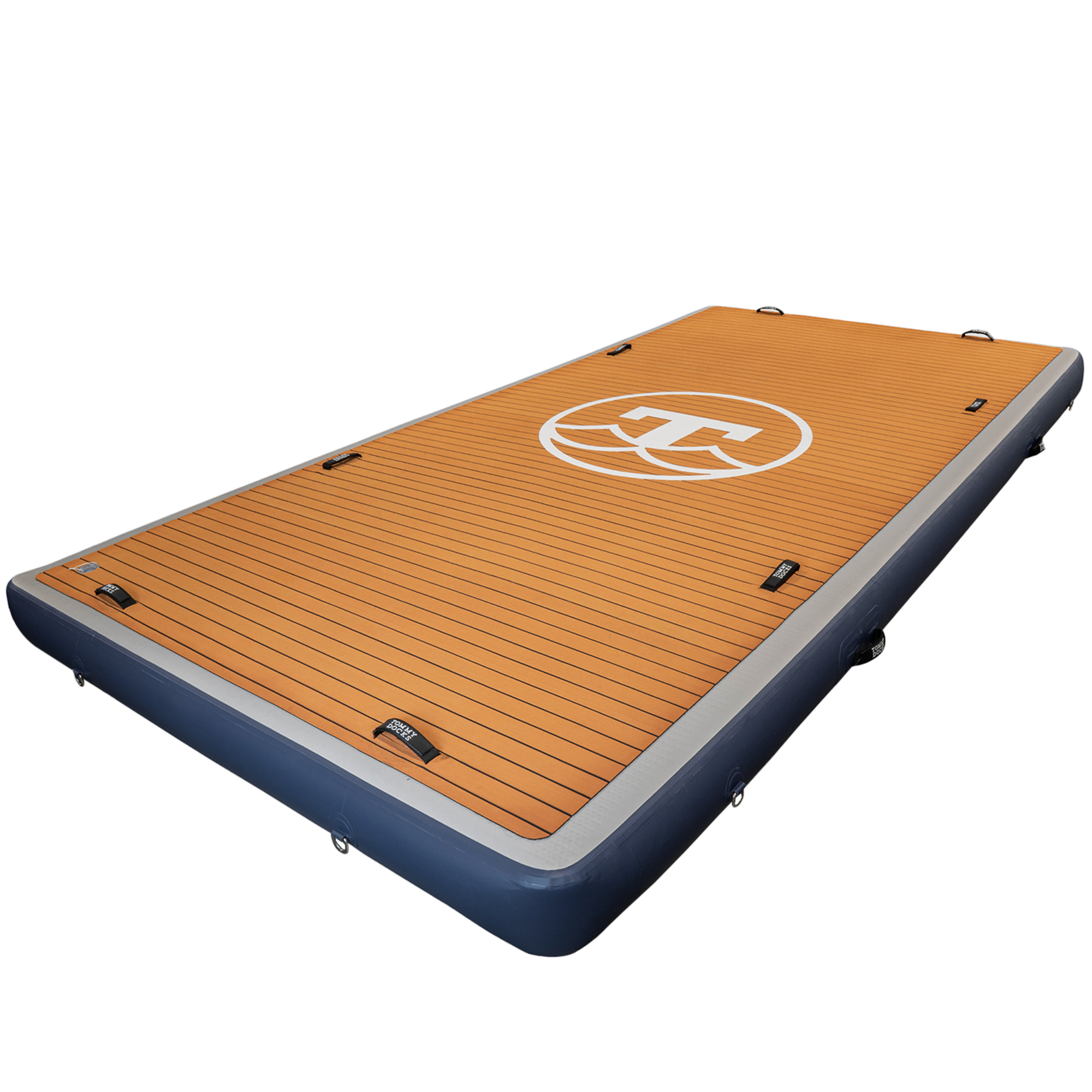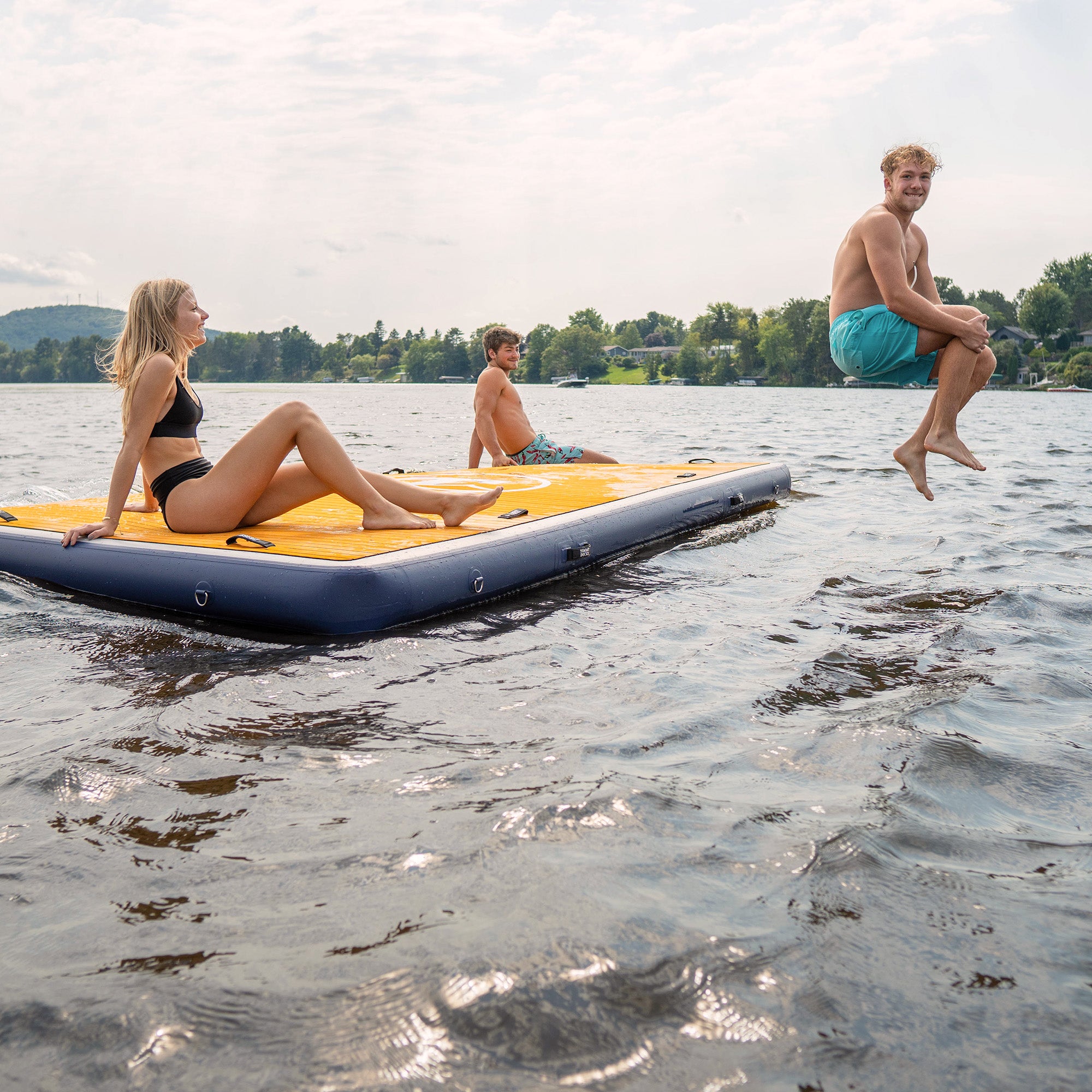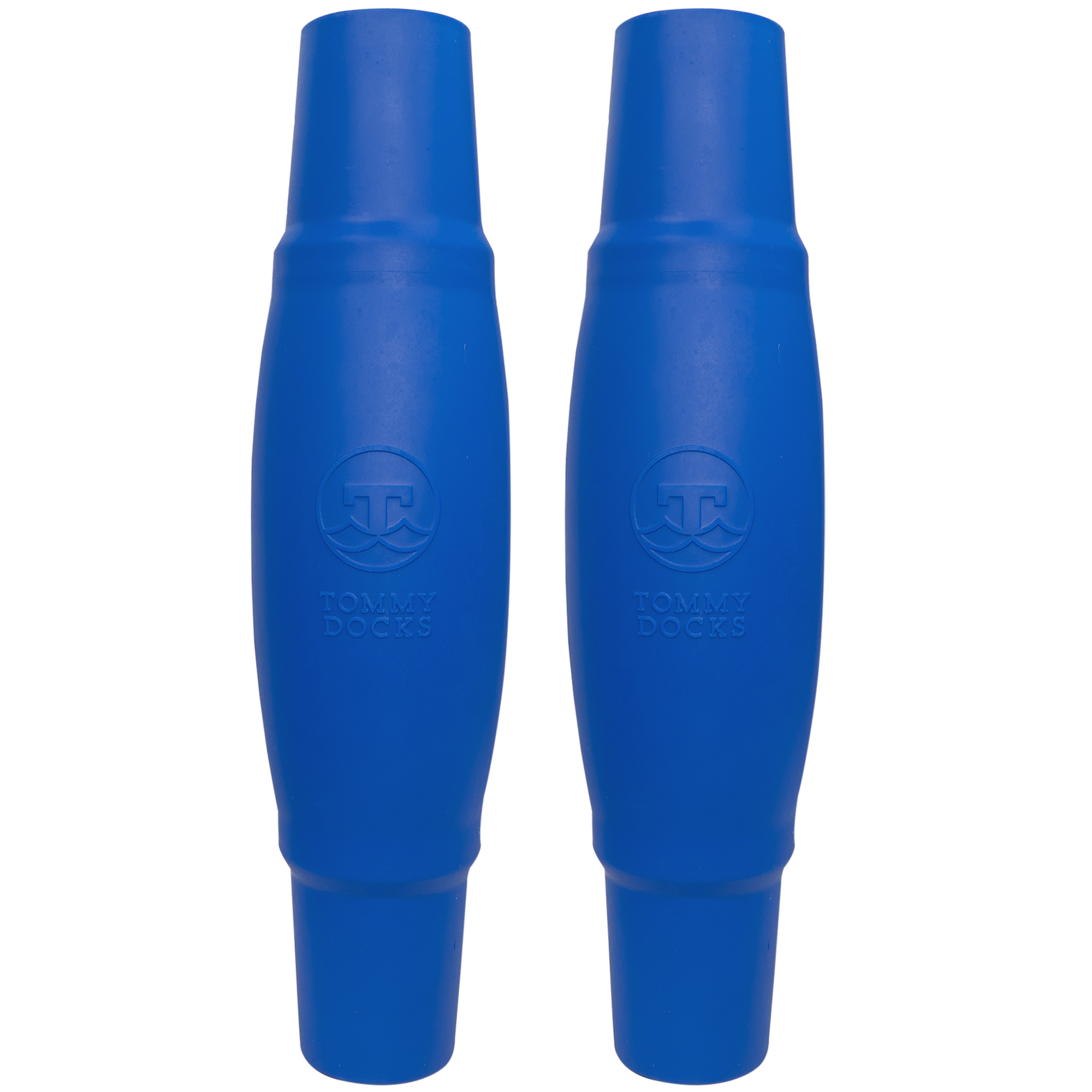Marine environments are among the most complex and delicate ecosystems on the planet. Every component, from the largest whale to the tiniest microbe, plays a pivotal role in maintaining the health and balance of the ecosystem. Within this intricate web, human-made structures such as docks can have a profound effect. Though docks are crucial for maritime transportation, recreation, and commerce, they can also influence the health and stability of marine ecosystems.
1. Impact of Docks on Marine Life
a. Habitat Alteration
Docks, especially when densely constructed, can dramatically alter the physical environment of coastal habitats. These structures may shade out vital sunlight, preventing it from reaching seagrass beds or algal communities below. This can result in the decline or loss of these habitats, which are crucial nursery grounds and food sources for a myriad of marine species.
b. Introduction of Non-native Species
Docks often facilitate the introduction and spread of invasive species. Organisms hitching a ride on boats or ships can find new homes on dock pilings or underneath dock structures. Once established, invasive species can outcompete, prey on, or bring diseases that affect native species.
c. Water Quality Degradation
The construction and use of docks can lead to water quality degradation. Activities such as boat cleaning, fueling, and maintenance can introduce pollutants, including oil, paint, and heavy metals, into the water. These pollutants can be toxic to marine life and disrupt natural processes.
d. Physical Disturbance
The regular movement of boats to and from docks can lead to physical disturbance. Propellers can stir up sediments, releasing dormant pollutants and disturbing bottom-dwelling creatures. Noise pollution from boat traffic can also interfere with marine mammal communication and navigation.
2. Strategies to Minimize Impact
a. Eco-friendly Dock Design
New designs that incorporate grated decking allow more light to pass through, benefiting the photosynthetic organisms below. Selecting materials that resist marine fouling can also reduce the need for chemical treatments and minimize the introduction of non-native species.
b. Regular Monitoring and Maintenance
Routine inspection of docks can help in identifying potential issues like structural damage, pollution sources, or the presence of invasive species. Prompt action can then be taken to mitigate these problems.
c. Promote Education and Awareness
Dock owners and users must be aware of their potential impact on the marine environment. Promoting eco-friendly practices such as proper waste disposal, avoiding spillages, and using non-toxic boat cleaning products can make a difference.
d. Collaboration with Conservation Bodies
Partnering with marine conservation organizations can offer guidance on best practices for dock construction and maintenance. Such collaborations can also foster community-led initiatives for habitat restoration and conservation.
3. The Path Forward: Harmony Between Docks and Marine Life
As we journey forward, the challenge is to find the equilibrium between human needs and marine ecosystem health. With innovation, education, and collaboration, it is possible to minimize the adverse effects of docks on marine life.
By understanding the multifaceted impacts and acting proactively, we can pave the way for sustainable and harmonious interactions between docks and marine life, ensuring both the prosperity of maritime activities and the preservation of our precious marine ecosystems.
4. Best Practices in Dock Construction and Planning
a. Environmental Impact Assessments (EIA)
Before constructing new docks or expanding existing ones, it's crucial to conduct a thorough EIA. This assessment evaluates the potential effects of the dock on the marine ecosystem and outlines measures to prevent or reduce harm. By considering the potential risks and consequences from the outset, we can make informed decisions that prioritize marine health.
b. Use of Sustainable Materials
Traditional dock materials, like some treated woods, can leach harmful chemicals into the water. Utilizing eco-friendly materials such as recycled plastics or woods treated with safer preservatives can reduce environmental impact. Moreover, these materials often offer increased longevity, reducing the need for frequent repairs or replacements.
c. Implementing "Green" Docks
Green docks integrate natural components like native vegetation and oyster beds. These living docks not only reduce environmental footprint but also provide habitats and improve water quality by filtering pollutants.
5. Engaging Communities in Dock Management
a. Community-driven Monitoring Programs
Local communities often possess a profound understanding of their marine surroundings. By setting up community-driven monitoring programs, locals can help track changes in water quality, species abundance, and detect potential problems early on. Such participatory approaches foster a sense of ownership and stewardship among residents.
b. Workshops and Training Sessions
Hosting workshops can equip dock owners, boat operators, and local communities with the knowledge and tools they need to minimize their impact. Sessions might cover topics like spill response, eco-friendly maintenance practices, or invasive species identification.
c. Promote Responsible Boating
Encouraging boat owners to adopt responsible practices can significantly reduce the adverse effects associated with dock usage. This includes maintaining boats to prevent fuel or oil leaks, using eco-friendly cleaning products, and observing no-wake zones to reduce erosion and sediment disturbance.
6. Embracing Technological Solutions
a. Water Quality Sensors
Incorporating sensors that monitor water quality in real-time can provide valuable data about pollution levels, temperature fluctuations, and other essential parameters. With this information, immediate action can be taken if abnormalities arise.
b. Eco-barriers
In areas especially susceptible to invasive species, eco-barriers can be installed around docks. These barriers, often constructed from mesh or other permeable materials, prevent invasive species from settling while allowing water flow and native species movement.
Crafting a Sustainable Blueprint for Our Blue Planet
The symbiosis between humanity and marine life has been a millennia-old journey. Docks, though crucial to our modern world, must be designed and managed with a deep respect for the oceans. By intertwining innovation, community involvement, and a passion for conservation, we can ensure that our coasts remain bustling hubs of activity without sacrificing the health of our marine ecosystems.

